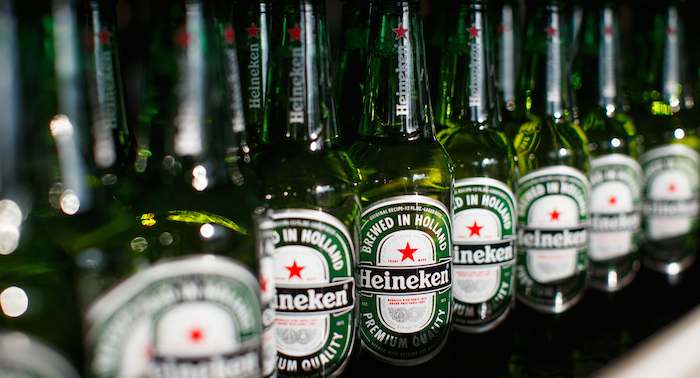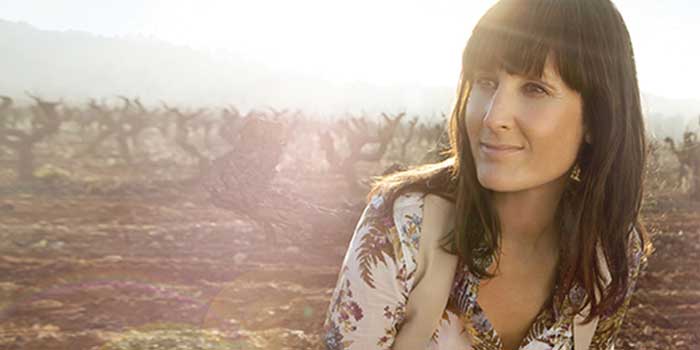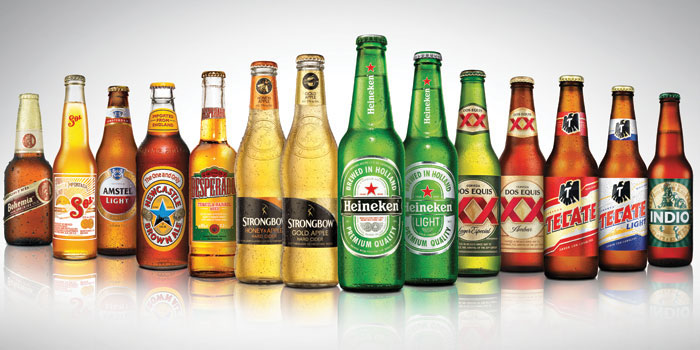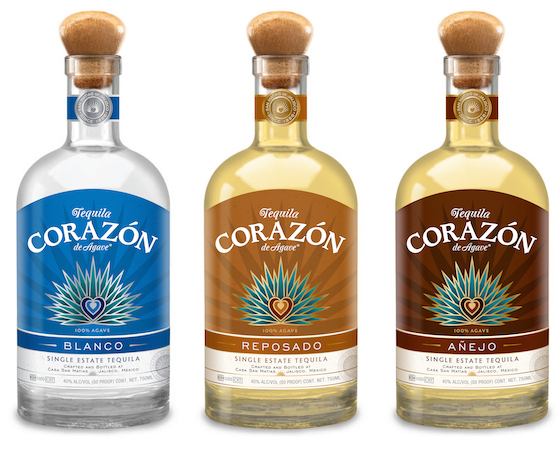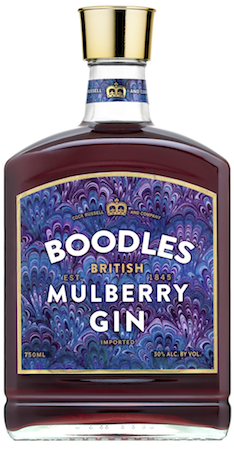I recently sat down with Gloria Collell (pictured above) to get the low-down on Mia wines, the fun-forward, entry-level wine available from Freixenet USA.
Collell says the wine was researched every step of the way to create a line specifically for new wine drinkers. Freixenet – looking to renew its offerings – and Collell spent two years before they had a blend, and then continued to tweak the recipes, labels and the messaging based on consumer focus groups.
The outcome is an easy-drinking wine with an engaging story and a fun label. Collell says the background of the line differs drastically from the way things used to be done.
“Twenty five years ago, a winery would say, ‘This is my terroir, this is my soil, those are the grapes I can grow, those are the wines I can make and the consumer should like it,” she says. “Now, we’ve realized we need to talk to the consumer and can’t just take the wine Mother Nature is giving us.”
Most of the big brands have moved toward this research and product, as the risk of creating a new line becomes a million-dollar gamble.
“If you’re making 2,000 bottles, go ahead. If nobody likes it, you can drink it with your friends. But if you’re selling one million bottles you need to understand what the consumer wants,” said Collell. “To me that’s the big change in the wine business — and that’s good. We need to talk; we need to understand what people want.”
BD: What was that research like?
GC: I think the whole trade and Freixenet especially realized that we had to do something different. So in 2009 we started deep research into what the consumer was all about. And the wine was released in 2011.
In 2011, we started more research into the consumer’s needs. The young consumers that we approached desired uncomplicated wines. They wanted “easy to drink” and “easy to understand.” At the same time there was this desire for real stories. But that demographic wants real stories, they want true stories – they don’t want marketing
BD: What was the inspiration for these wines?
GC: For me, it was clear that we had to be ambassadors of Spanish grapes. So we said, “Let’s make this style of new-generation wine, but with a Spanish flair.” So Mia was born of the Spanish taste with the Barcelona look, because people love Barcelona.

